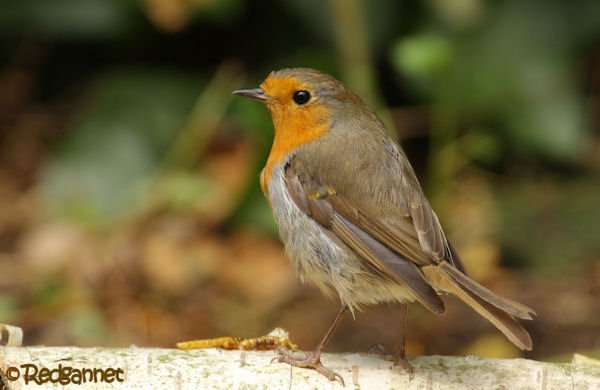
The summer has been glorious in the UK this year. Sun, sun and more sun. How marvellous it was for a couple of weeks, but we are not used to stability in our weather and quickly get bored. It has been said that the greatest thing about the British weather is that if you don’t like it, all you have to do is wait a few minutes and it will change. But not this year.
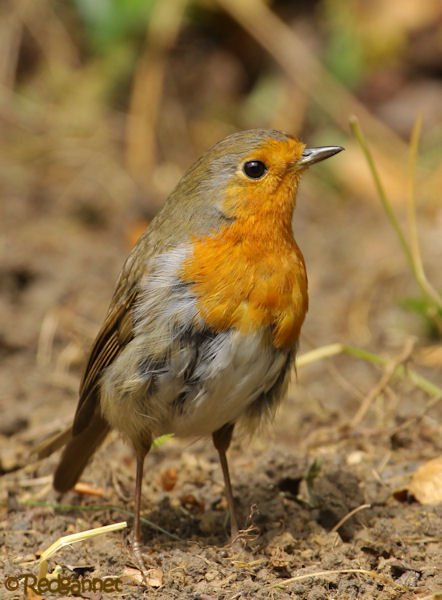
The long, hot, dry spell has meant that few of the weeds that normally vex my gardening aspirations have grown. In turn, this means that I have not had to turn the ground over quite so frequently. Digging soil in a UK garden will normally be accompanied by a visit from our resident robin (the Eurasian Robin is a flycatcher rather than a thrush), but we have a new pair this year and they are still a bit wary.
Eurasian Robins, Erithacus rubecula, cannot easily be separated into gender by appearance. Behaviour is usually the best strategy. Males stay on territory over winter, so it may be possible to find a distinctive feature before they start pairing up early in the year. The males sing on their territory and females may beg for food as part of the courtship. I did not manage to find a characteristic feature on my new male when I noticed him during January and now into July, I cannot tell the pair apart. When they are together, one is very slightly larger. This we might presume, is the female. When they appear on their own, I haven’t got a clue.
The discovery of Cabbage Moth caterpillars on my brassicas gave me the idea for a stake-out. I wanted to get to know my robins a bit better, so I turned over some earth, sprinkled caterpillars across a couple of logs and sat back to wait. My neighbour chose this moment to keel over and by the time we righted him, the caterpillars had wandered off and I had to use soaked meal worms instead.
It didn’t take long for a robin to come investigating, but it kept its distance and only came down to ground very briefly.

Robins can often be very bold, but a Eurasian Sparrowhawk was circling above us which may have explained its preference for cover in the spiky Hawthorn.
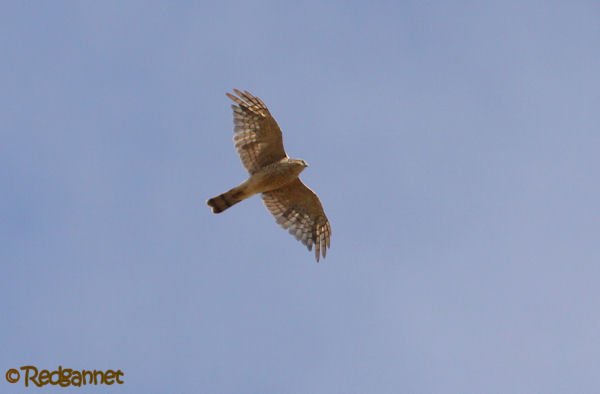
The cherry bole log foxed my exposure settings, so I swapped to a Silver Birch. It was a diverting half hour and I think that my bird got to know me a little bit, but I am still unable to tell it from its mate. Never mind, hopefully the birds will grow in confidence and will join me once the weather breaks and the weeds start growing again.


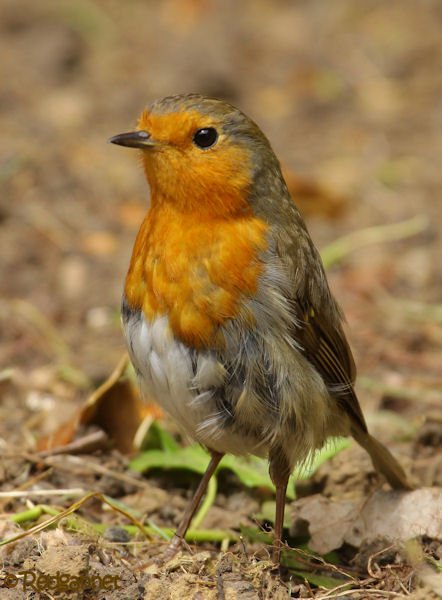
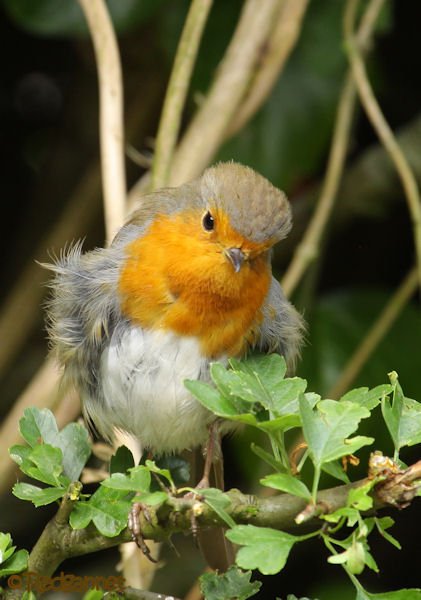










Can you imagine that this, a common garden bird in UK, lives in hills/mountain forests in the Balkans (ok, not exclusively, but predominantly so), coming lower mostly in winter?